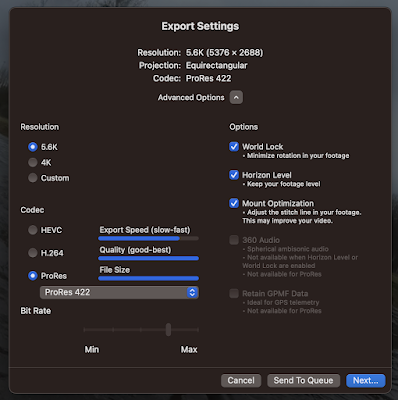You will need to have installed GnuPG. Once installed import the signature (command line example)
$ gpg --import GPGTools-00D026C4.asc gpg: key 00D026C4: "GPGTools Team <team@gpgtools.org>" 1 new signaturegpg: Total number processed: 1gpg: new signatures: 1gpg: 3 marginal(s) needed, 1 complete(s) needed, PGP trust modelgpg: depth: 0 valid: 1 signed: 0 trust: 0-, 0q, 0n, 0m, 0f, 1ugpg: next trustdb check due at 2018-08-19
If you run this more than once you'll see (command line example)
$ gpg --import GPGTools-00D026C4.asc gpg: key 00D026C4: "GPGTools Team <team@gpgtools.org>" not changedgpg: Total number processed: 1gpg: unchanged: 1
Now verify the signature/file combination (command line example)
$ gpg --verify GPG_Suite-2015.09.dmg.sig GPG_Suite-2015.09.dmggpg: Signature made Wed 23 Sep 18:56:37 2015 IST using RSA key ID 0D9E43F5gpg: Good signature from "GPGTools Team <team@gpgtools.org>" [ultimate]gpg: aka "GPGMail Project Team (Official OpenPGP Key) <gpgmail-devel@lists.gpgmail.org>" [ultimate]gpg: aka "GPGTools Project Team (Official OpenPGP Key) <gpgtools-org@lists.gpgtools.org>" [ultimate]gpg: aka "[jpeg image of size 5871]" [ultimate]
Further reading
gnupg.org and the GPG Suite Quickstart Tutorialkp.mit.edu
www.openoffice.org

